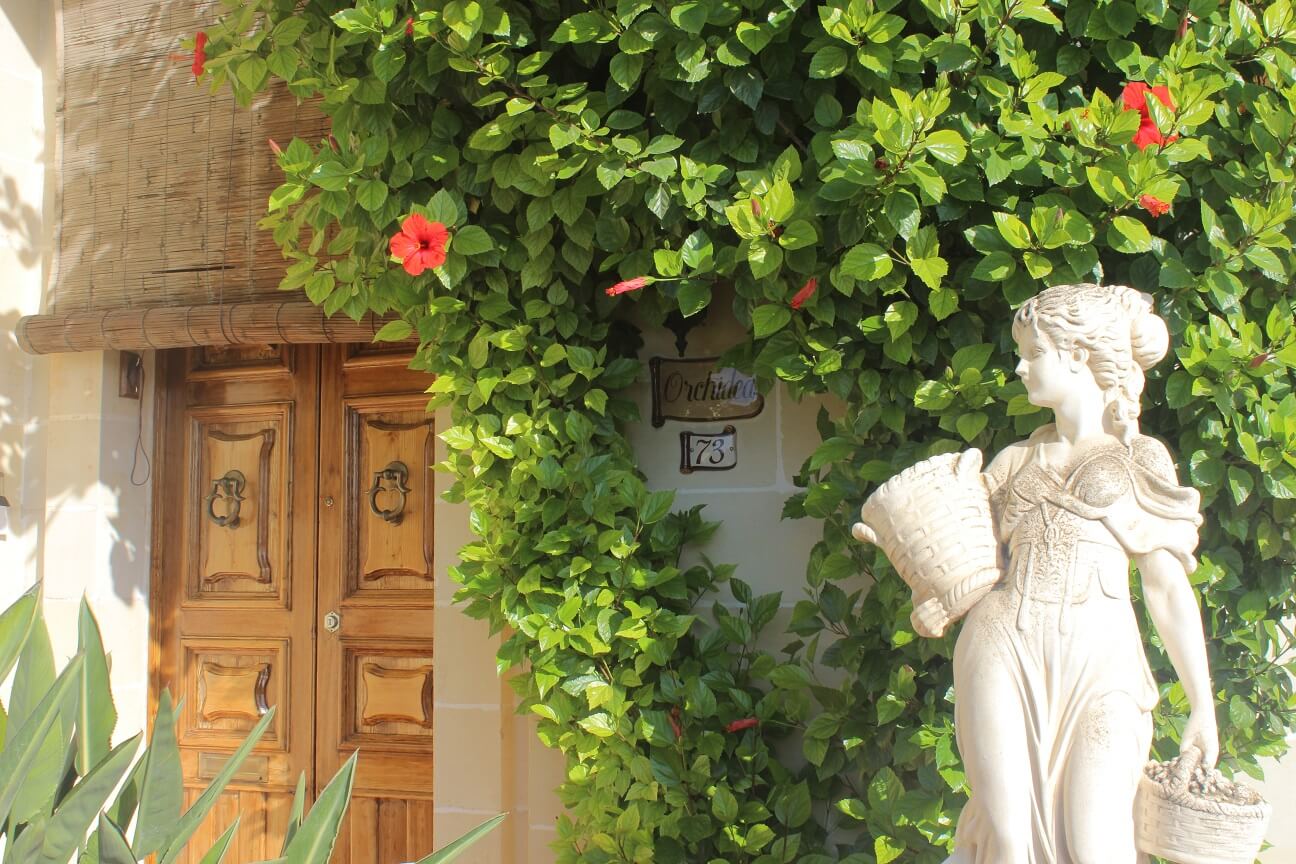
There’s no doubt that Malta is lovely and offers countless diverse attractions. A day or two on the islands is definitely not enough and I’d recommend at least 5 days there. But what brings tourists there in the first place? When you think about visiting Malta, what comes to mind first? What should one expect from this little country? Let’s discover some of the things that set apart these beautiful islands from the outer world, yet uniting the small islands and their towns at the same time.
16 things that make Malta a beautiful and formidable destination
Malta: Architecture and details
- Colorful doors with funny handles and straw covers
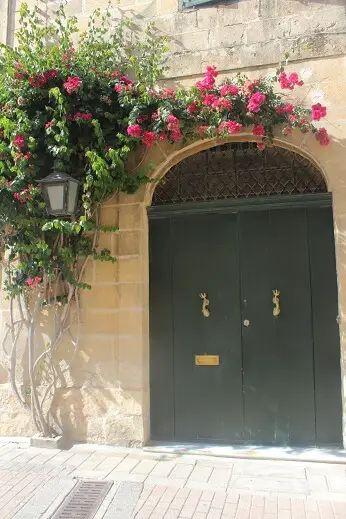
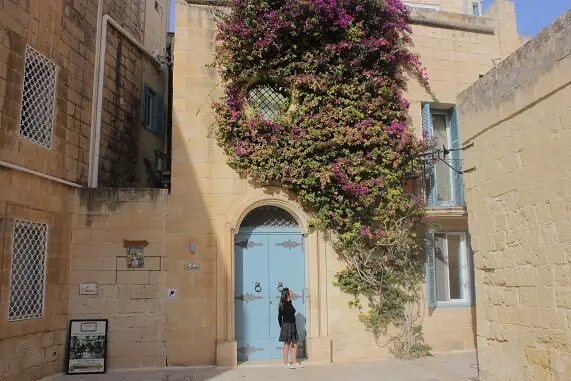
2. Picturesque colorful balconies
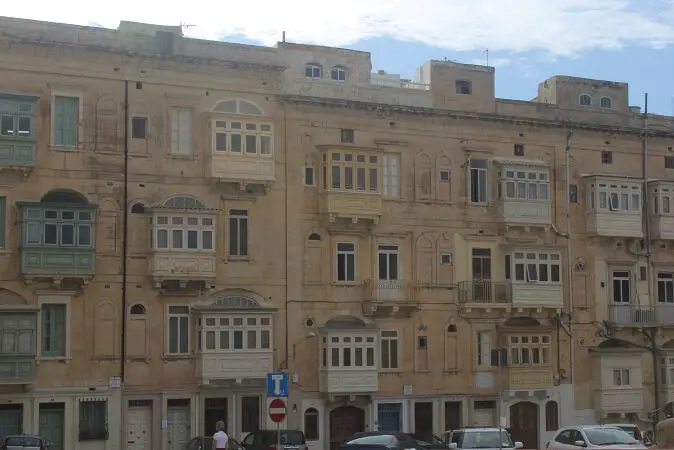
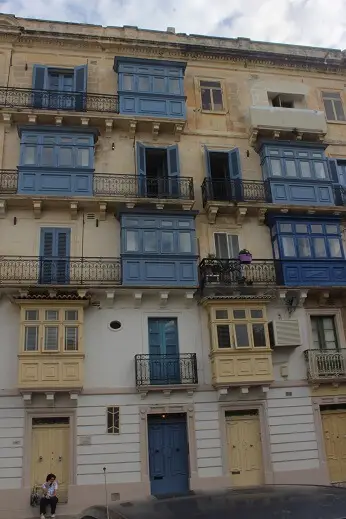
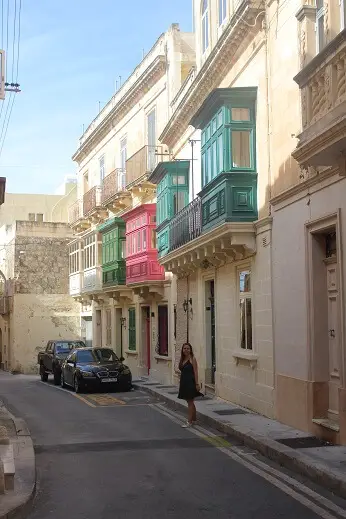
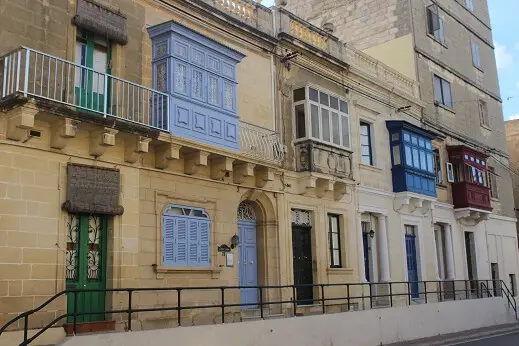
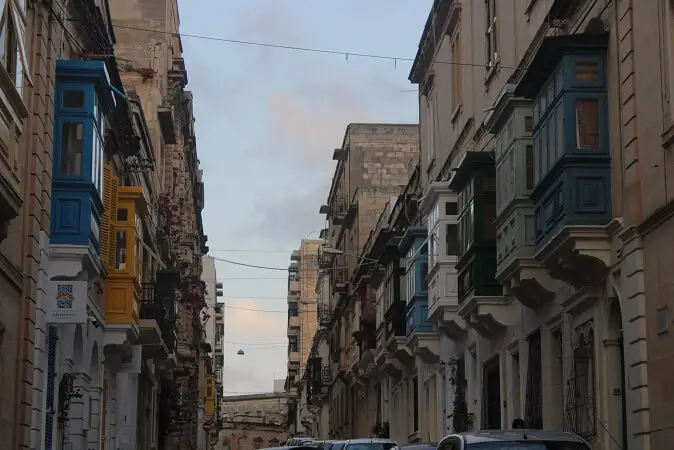
3. Honey colored buildings. Some parts of Malta look like they could be from the Middle East or North Africa. Mdina, the ancient fortified silent city also reflects this.
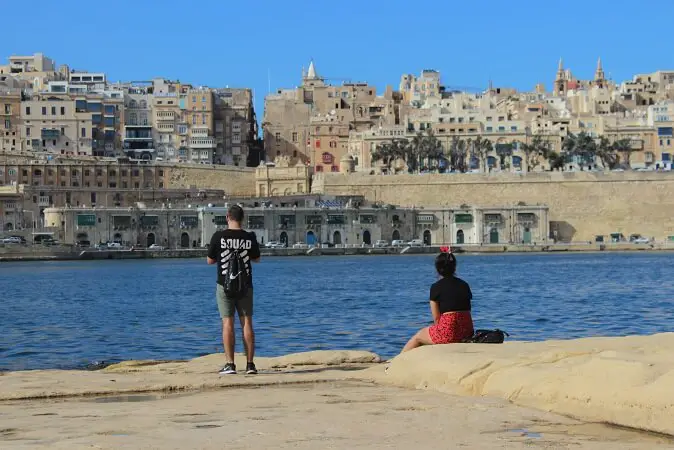
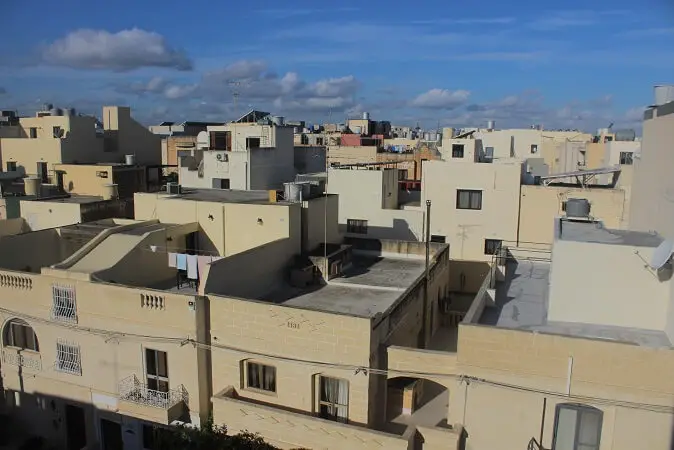
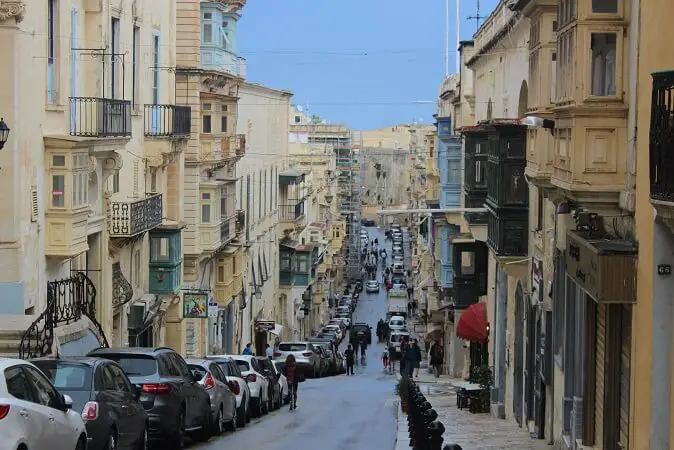
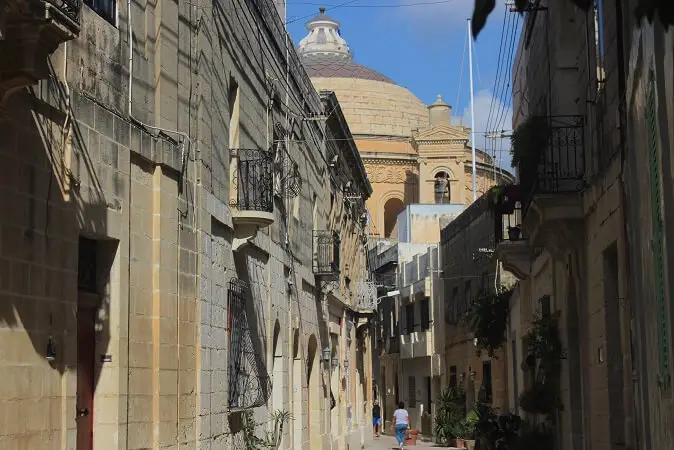
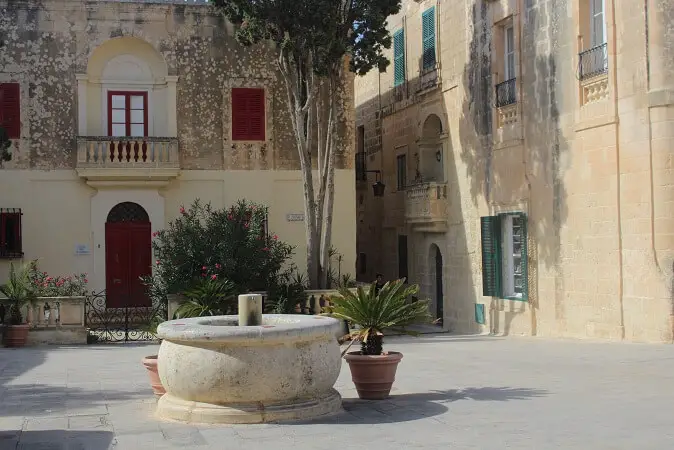
4. Statues in the yards and on the buildings
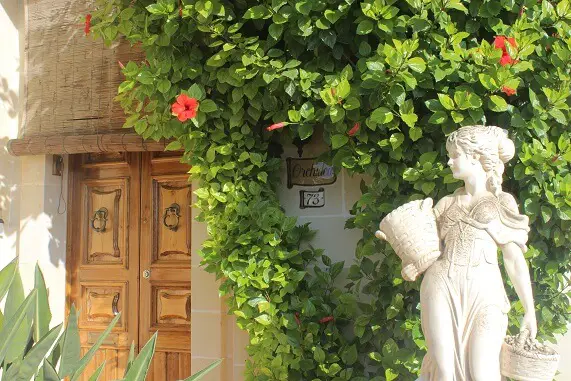
5. Ceramic street names
6. Flowers along the cobbled back alleys
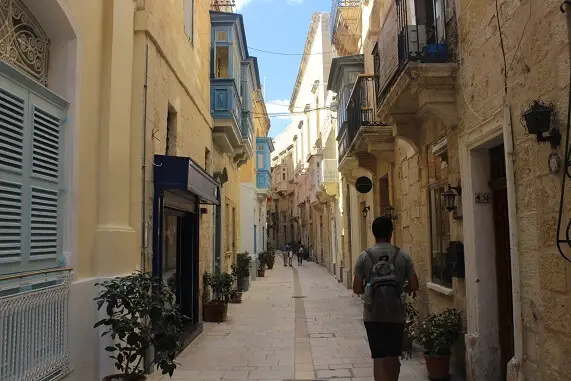
Catholicism in Malta
7. Icons at the doors and every corner. Malta is one of the most religious countries in Europe. Over 98% are Roman Catholic. It’s impossible not to notice that the people are proud of their religion.
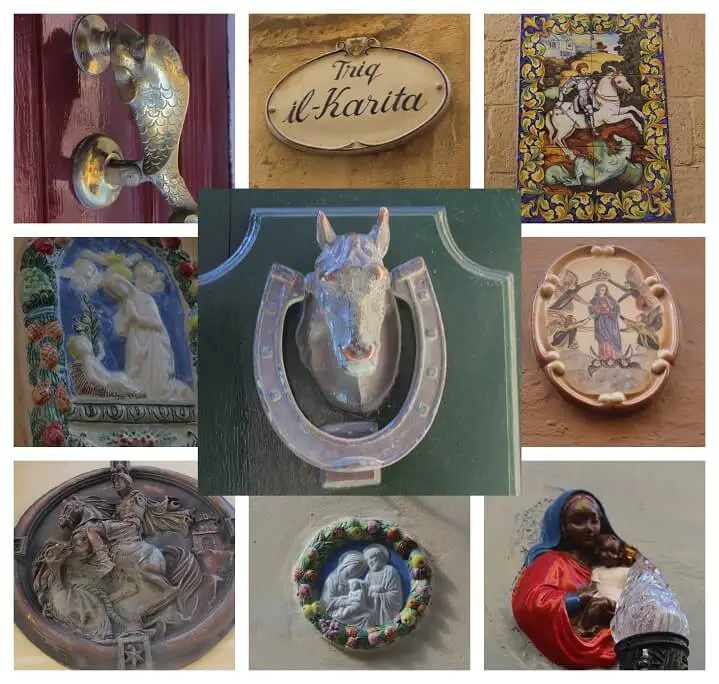
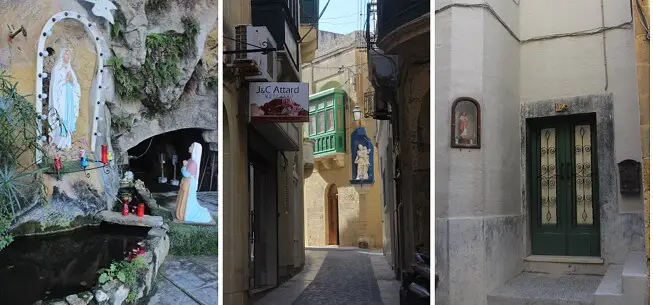
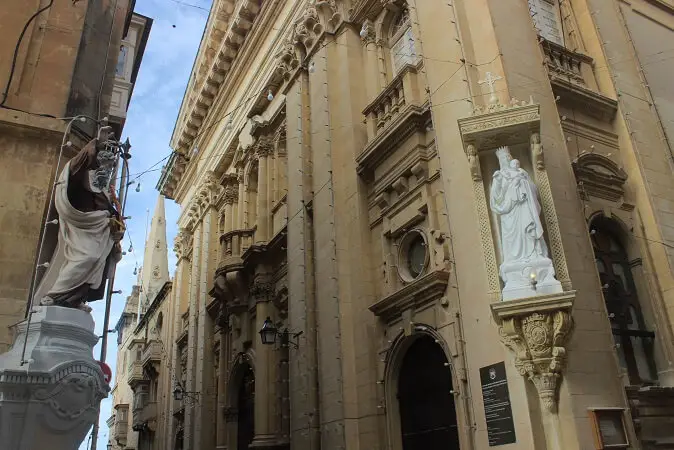
8. Incredible churches. Malta is said to be home to 365 churches. Some of them are huge and have an incredible architecture. One of them has survived bombing. And one even has a dome inside it, but unfortunately I’ve lost those photos when my card broke.
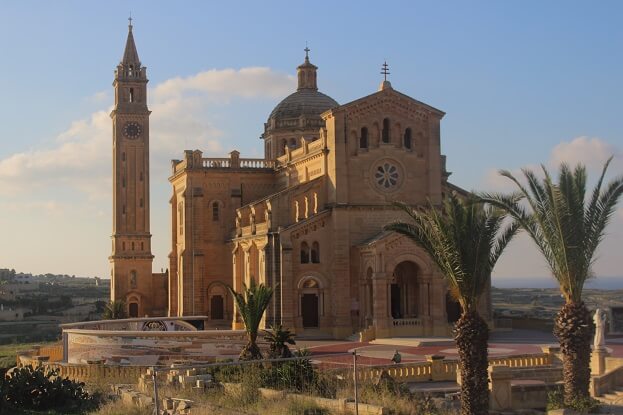
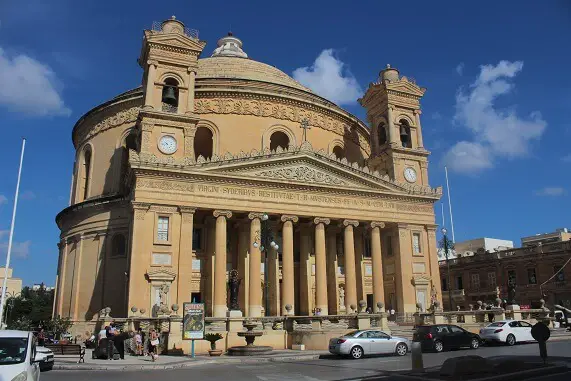
Culture and History
9. English influences. The country was until British rule but has been independent since 1964. Because of the brits, everyone speaks English and they drive on the left. Locals also speak Maltese which sounds like a combination between Arabic and Italian. As per the currency, they’ve adopted the euro. We can also notice the occasional red phone cabin or post in Valletta.

10. Colors. The islands are full of colors, from the doors and balconies to the boats in Marsaxlokk and Popeye Village. Colors are part of Malta and I loved it.
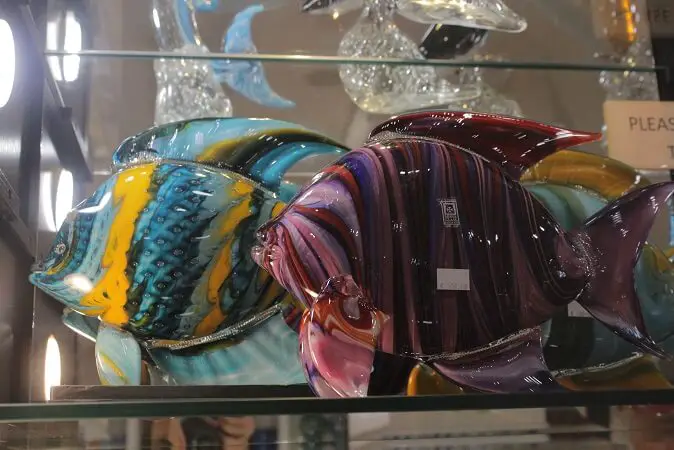

11. The islands have some of the oldest buildings ever created, 1000 years older than Stonehenge the pyramids of Giza: the Hypogeum, Tarxien Ruins and the Megalithic Temples. I recommend visiting the Hypogeum. The price is high, but the tour is worth it.
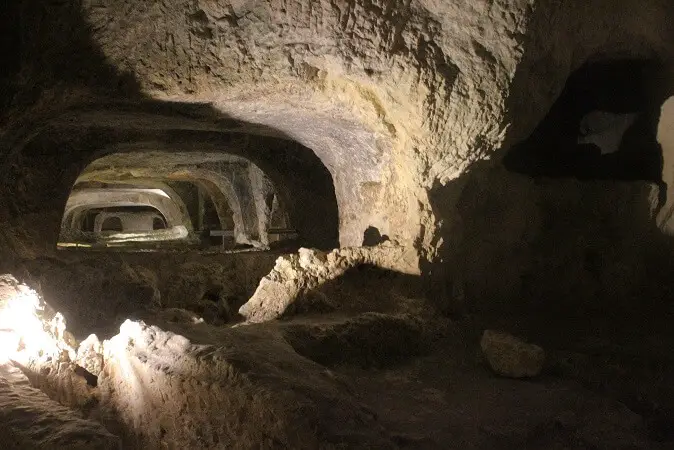
Nature
12. Some of the best sunsets I’ve experienced
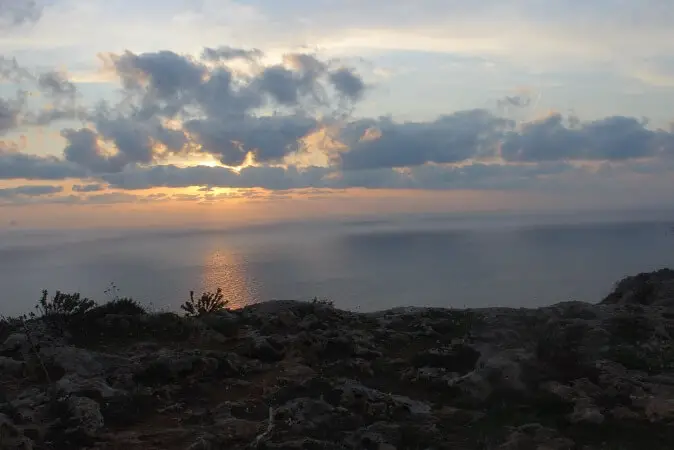
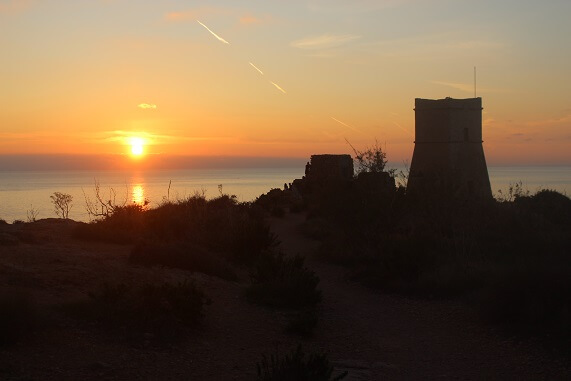
13. Rare and interesting natural formations. The Azure Window in Gozo was probably the most famous spot, but even if it has fallen, there are some still standing, like the Blue Grotto.
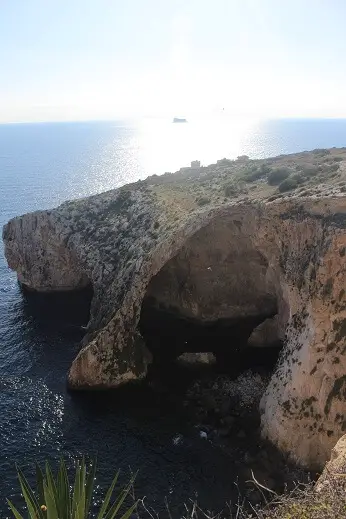
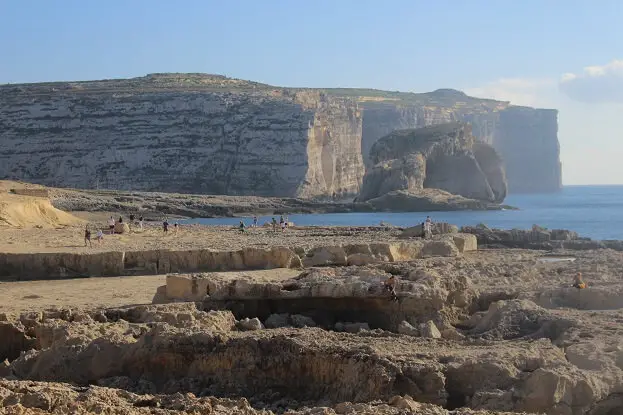
14. Unusual swimming spots. Real beaches are rare in Malta, even if there are some sandy beaches in Mellieha, in the north of the island and especially Gozo (Ramla beach). But the islands impress through the most strange places you can choose for a quick swim: natural pool at St. Peter’s, roman pools in Sliema, Inside Sea in Gozo and even canyons.

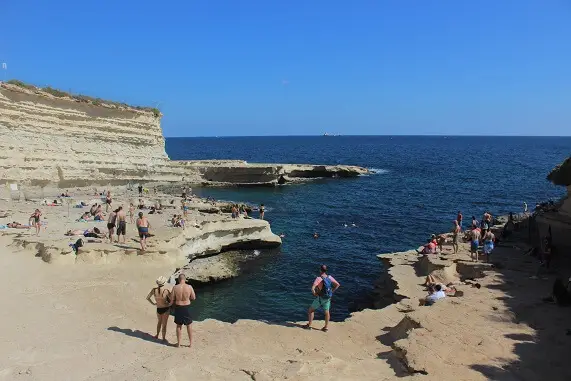
Goodies
15. Food. You can’t visit Malta without tasting a traditional Maltese platter with goat cheese, meat, olives, sun-dried tomatoes, broad beans salad, biggilla (Maltese bean dip) and biscuits. Malta’s food has Italian influences. Expect a lot of pizza and delicious canelloni. The country also has specific dishes: horse meat, rabbit stew or steak, bragioli (beef rolls), snails. When you’re in a hurry, the flakey pastry filled with ricotta, meat or peas or a sweet fig roll are all you need.
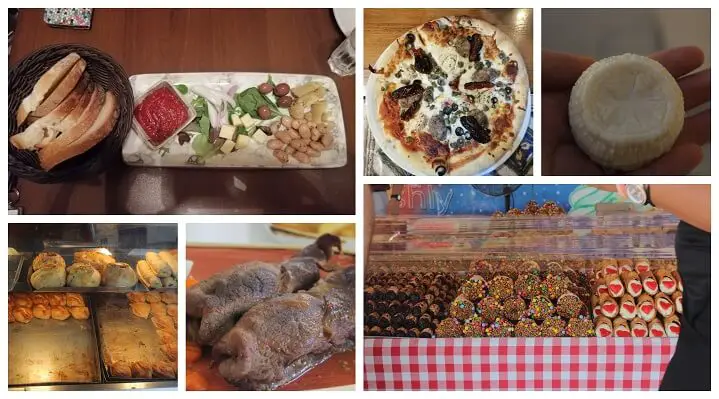
16. Drinks. The best way to sample the wine is to go on a tour to Marsovin Wine Cellar. For something unique, but stronger and sweet, I recommend the various liqueurs that you won’t find anywhere else: prickly pear, almond, figs, pomegranate and the most original, carob.
Here you have it, a list of 16 elements that come to my mind whenever I think about what’s quintessentially Maltese. Don’t miss my ideal one week itinerary for more photos and tips that will help you experience as much as possible of them.
Which intrigues you the most? Is there at least one that makes you want to visit Malta?
Pin this article for later!
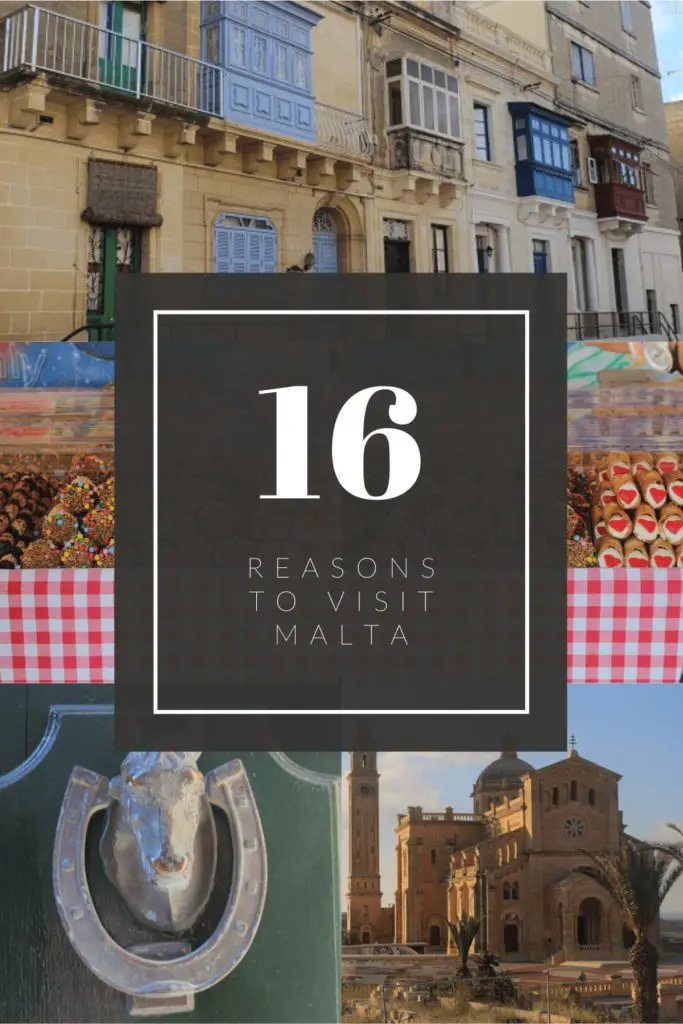
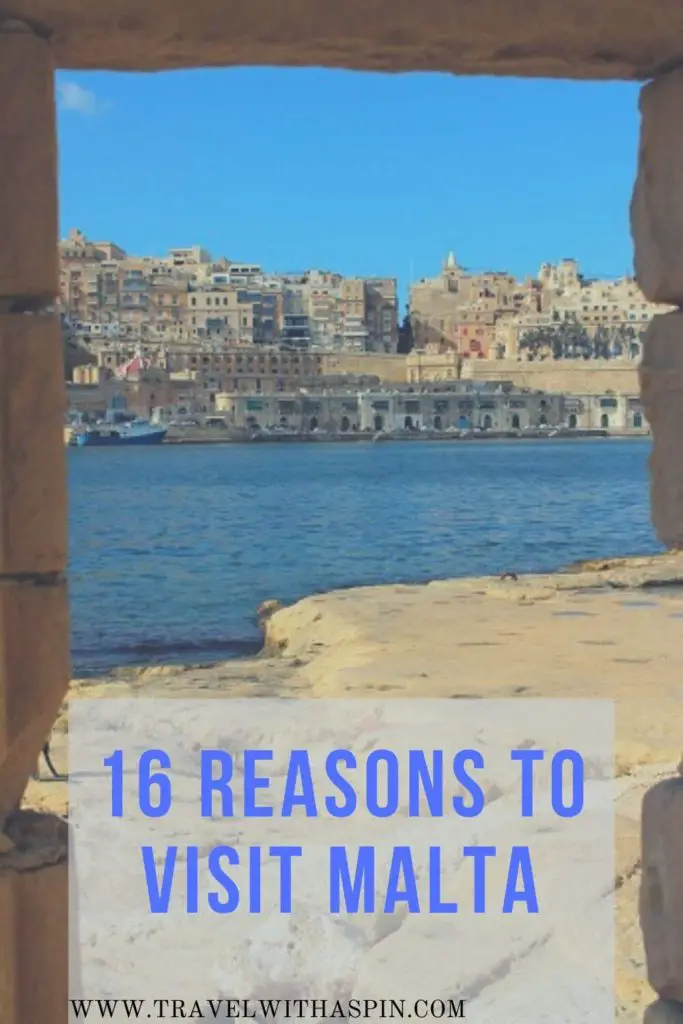
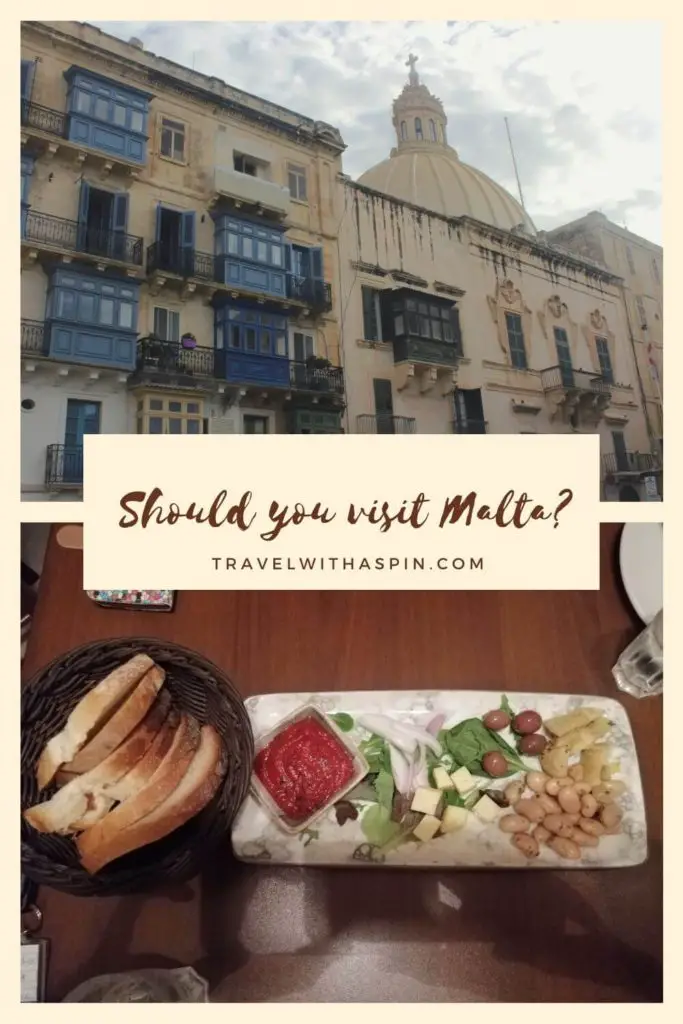
Travel With A Spin contains affiliate links. If you make a purchase through these links, I will earn a commission at no extra cost to you. Thanks for reading!
